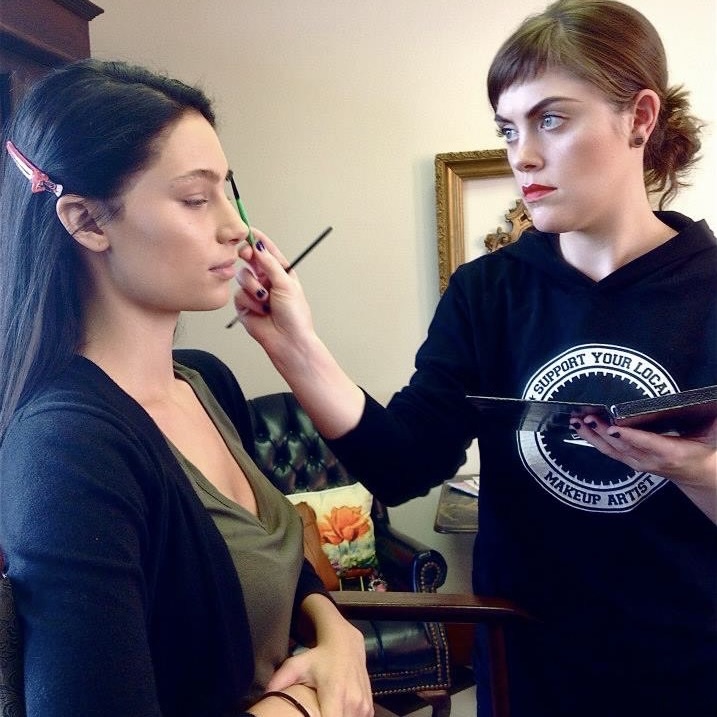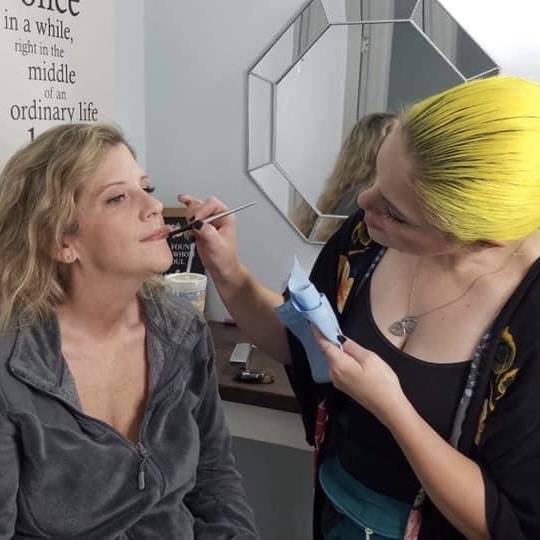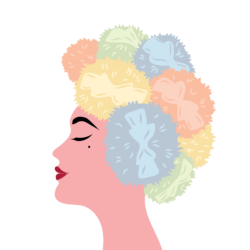When we envision painters, we also picture signature tools of their trade: paint brush, paint, canvas and the palette. When we imagine a makeup artist, we too visualize their instruments of practice: makeup brush, cosmetics, and a face. What often gets overlooked are the palettes of a Makeup Artist. These palettes are very important in the professional setting of applying makeup on another person. These tools are also game-changers for individuals wanting to calibrate their own look on themselves. The purpose of a palette is to provide a convenient and organized way to mix and apply paint to the canvas.
The painter without a palette personifies a phantom limb. Like artist painters, we should use palettes to understand ourselves, provide a moment of contemplation, and prevent overuse on our faces (our canvases).
The through-line: Palettes assist in testing and experimenting before applying to the canvas. This ultimately saves time, energy, and frustration.
THREE TYPES OF COSMETIC PALETTES
1. Color Palette: The colors contained in a makeup compact/vessel
Having cosmetic colors organized in a customized format helps achieve harmonious application.
Refillable compacts are ideal because the colors can be separated and reorganized, making it easier to find the desired shades.


2. Softening Palette: The area needed to manipulate initial saturation of cosmetics
A paper towel is a wonderful “zone” to tap and swipe brushes to soften a color before it makes contact with the face.
3. Mixing Palette: The surface necessary to create custom hues and to control amount of paint used for each stroke
A CD is a wonderful tool to mix color, create texture, and prevent over-application of products.

